- School District of Beloit
- 3rd Grade - Social Studies
3rd Grade - Social Studies
-
The School District of Beloit social studies educators are dedicated to working collaboratively to teach a vertically, WI standards-aligned curriculum that is intentionally designed to be rigorous and engaging, using multiple perspectives and authentic learning experiences that build student confidence and curiosity, resulting in their ability to critically analyze their world while providing them with the skills and desire to make their world a better place.
3rd Grade Units
-
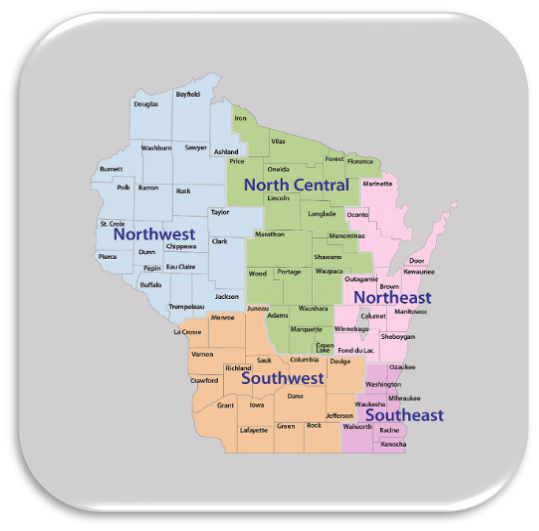
Unit 1 - Wisconsin and U.S. Geography
Students will begin learning about the geography of Wisconsin and the U.S., including their respective regions and major cities. They will also begin learning about the continents and oceans.
-
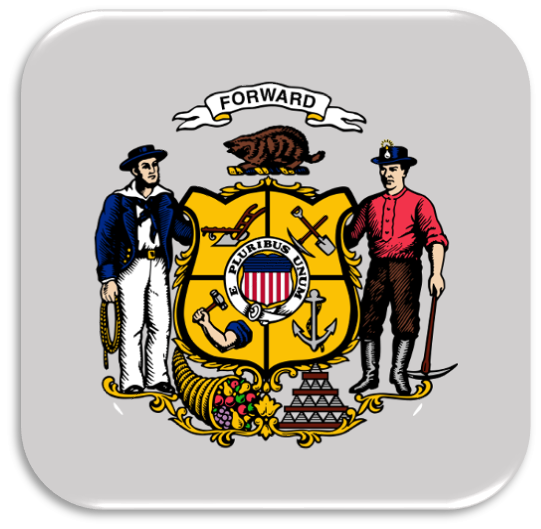
Unit 2 - First People and First Nations
Students will learn about Wisconsin First Nations (history, culture, economy). They will also learn how governments develop and evolve over time.
-
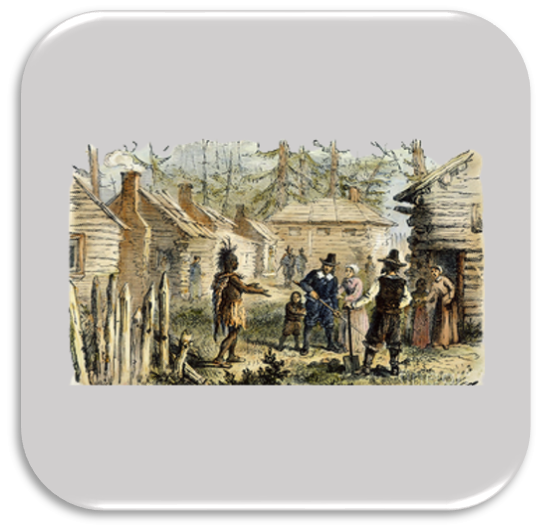
Unit 3 - Meeting of Peoples and Cultures
Students will investigate when and where Europeans met American Indians in present-day Wisconsin and the U.S. They will also examine the similarities and differences between Europeans and American Indians.
-

Unit 4 - Colonization
Students will learn about the motives for European exploration. They will also examine the natural resources in Wisconsin and the U.S.
-
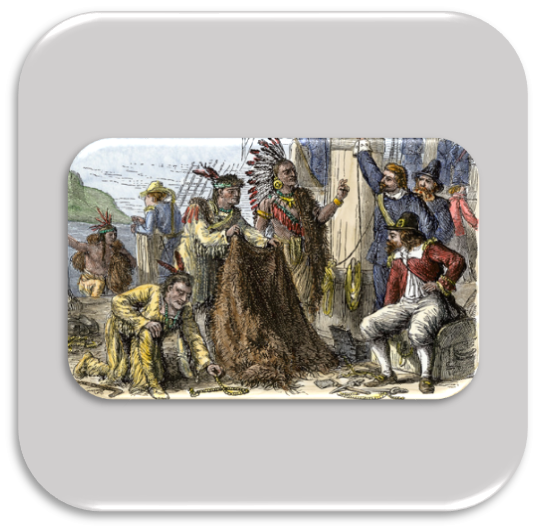
Unit 5 - Fur Trade
Students will learn about the importance of the fur trade, as well as when and where it took place in Wisconsin and the U.S. They will also examine the impact the fur trade had on the environment.
-

Unit 6 - Tension Between England and France
Students will learn about the reasons England and France argue over territory in North America. They will also examine the relationships England and France had with colonists and American Indians.
-
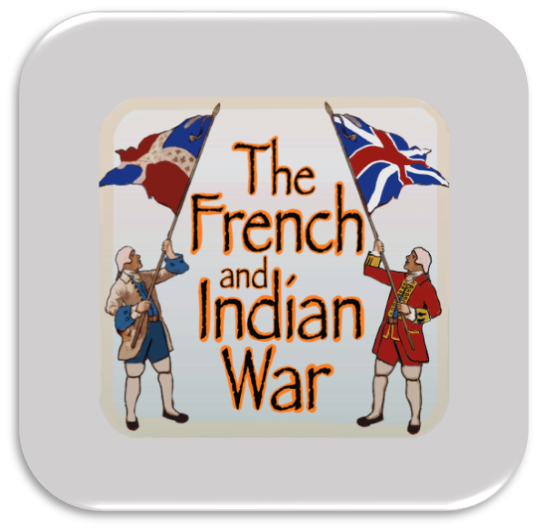
Unit 7 - The French and Indian War
Students will explore the similarities and differences between the English and the French. They will also learn about the causes and effects of the French and Indian War.
By the end of 3rd Grade, students will...
-
- identify the purposes of and differences among maps, globes, aerial photographs, charts, and satellite images.
- categorize the populations of people living in their state and country.
- compare and contrast types of communities (i.e.,rural, suburban, urban, or tribal), and different types of places on Earth (e.g.,community, state, region, country/nation).
- classify technologies based on intended use, access, and design, and how they might change people’s lives (for better or worse).
- analyze individuals, groups, and events to understand why their contributions are important to historical change and/or continuity.
- investigate how interpretations of similarities and differences between and among cultures may lead to understandings or misunderstandings.
- use economic reasoning to compare and contrast the costs and benefits of a decision.
- categorize different limited resources (e.g., money, materials, time, labor/workers, land, natural resources, renewable or nonrenewable).
- investigate push and pull factors of movement in their community, state, country, and world.
- compare the positive and negative effects of human actions on our physical environment (e.g., availability of water, fertility of soils) over time.
- compare two product markets found in the local community.
- differentiate between goods and services.
- compare and contrast specialization in two or more regions (e.g., Midwest and Northeastern United States;United States and Japan; Europe and South America).
- identify different historical perspectives regarding people and events in the past.
- explain how historical events have possible implications on the present.
- summarize the contributions of historically significant people during the period of early United States history to the development of our political culture.
- describe what influences different political attitudes and actions and how diverse groups can work towards consensus.

